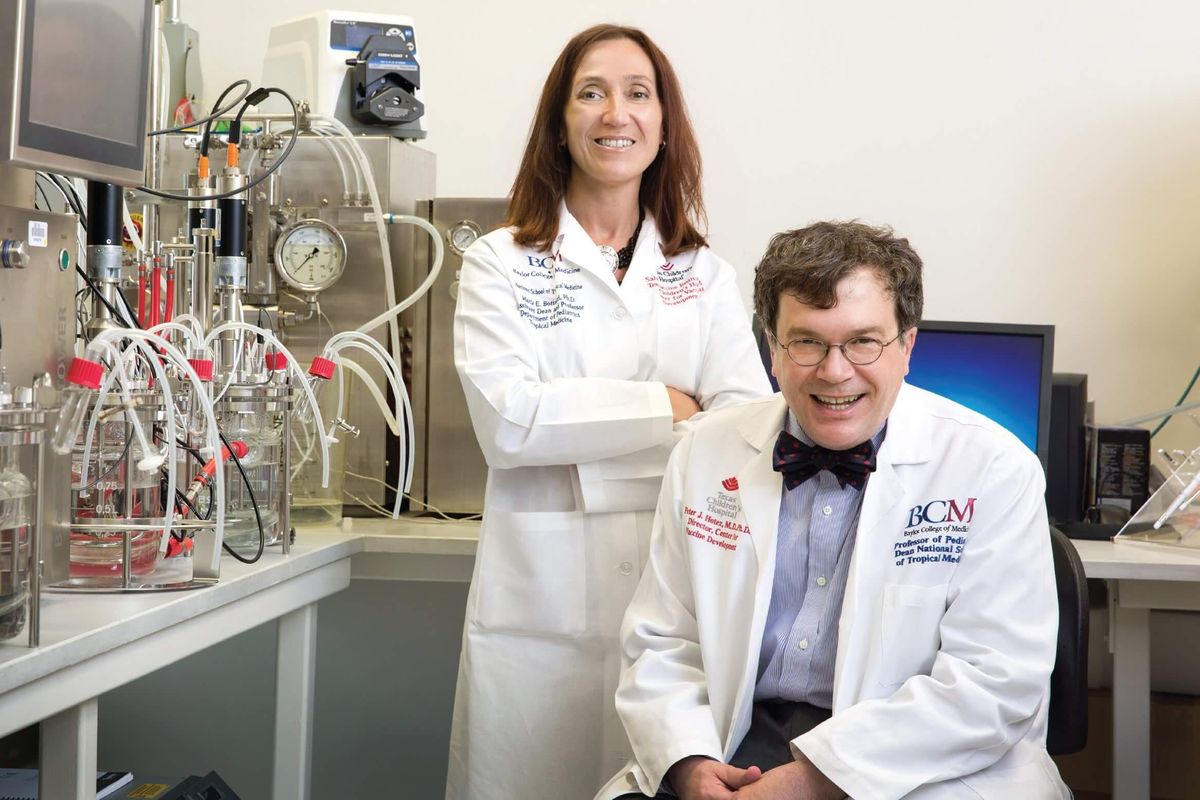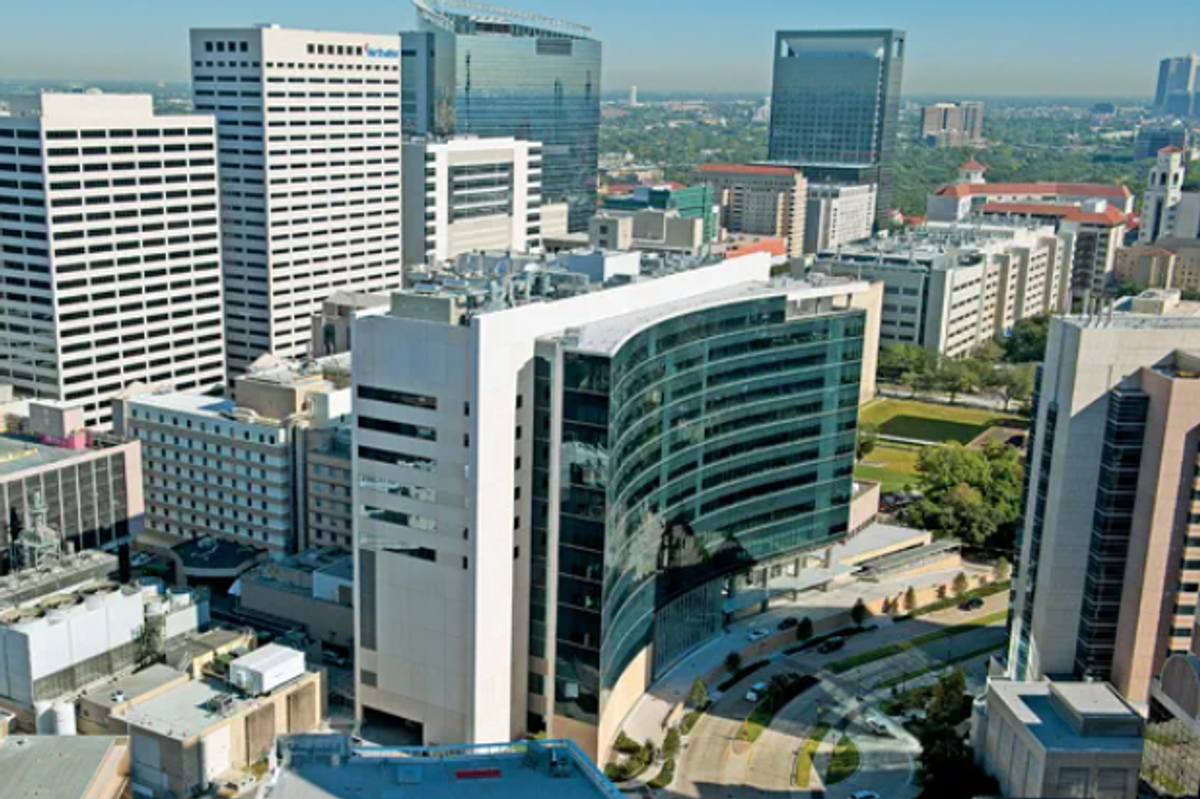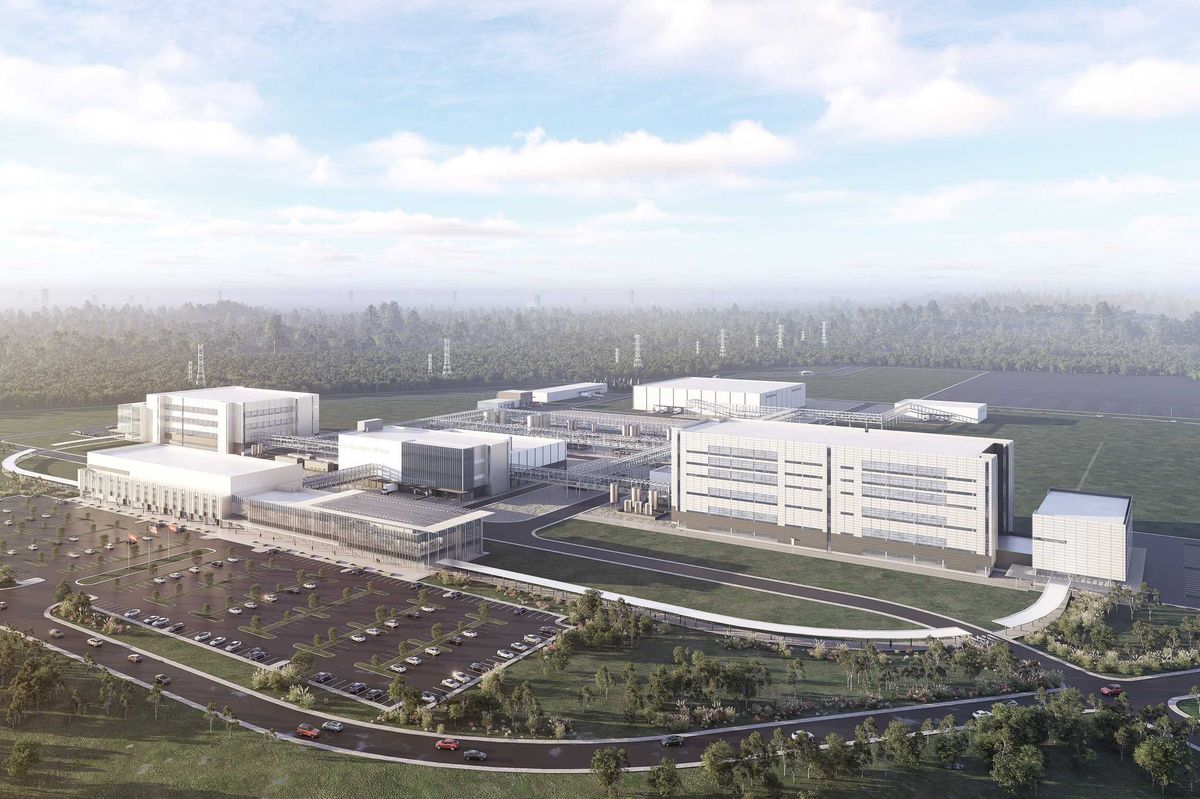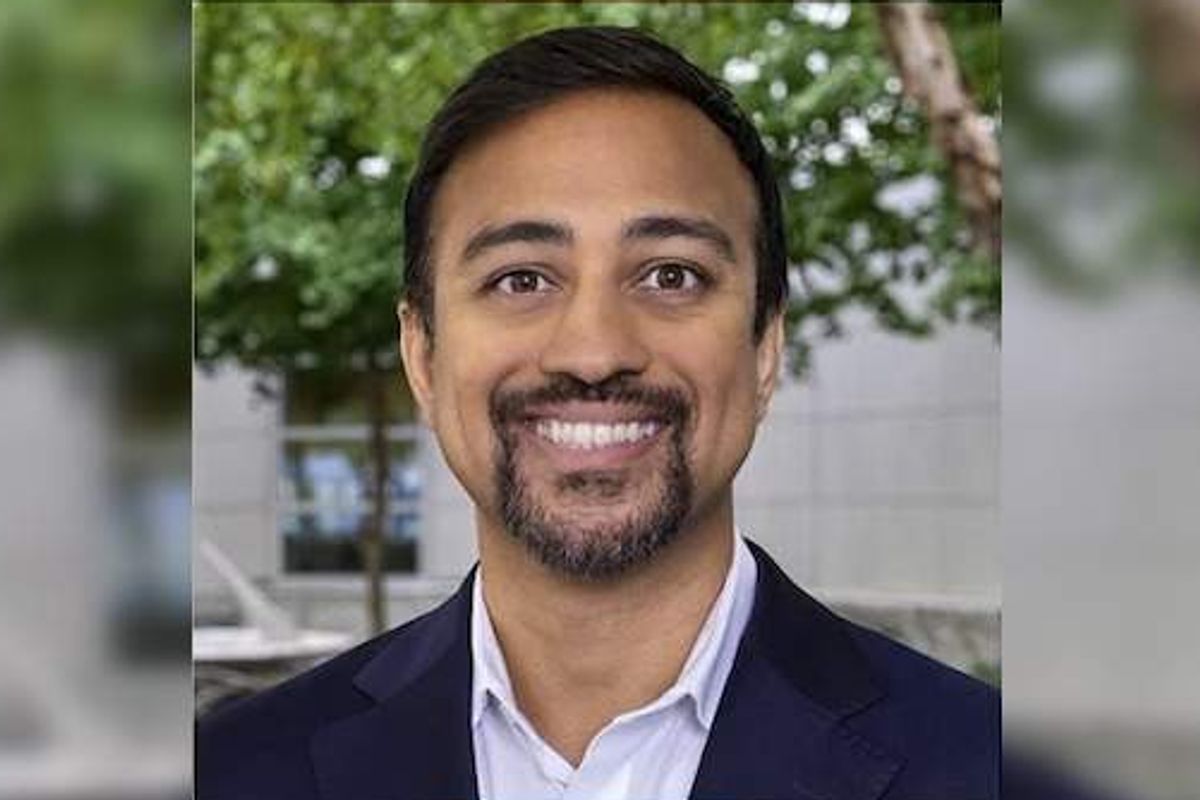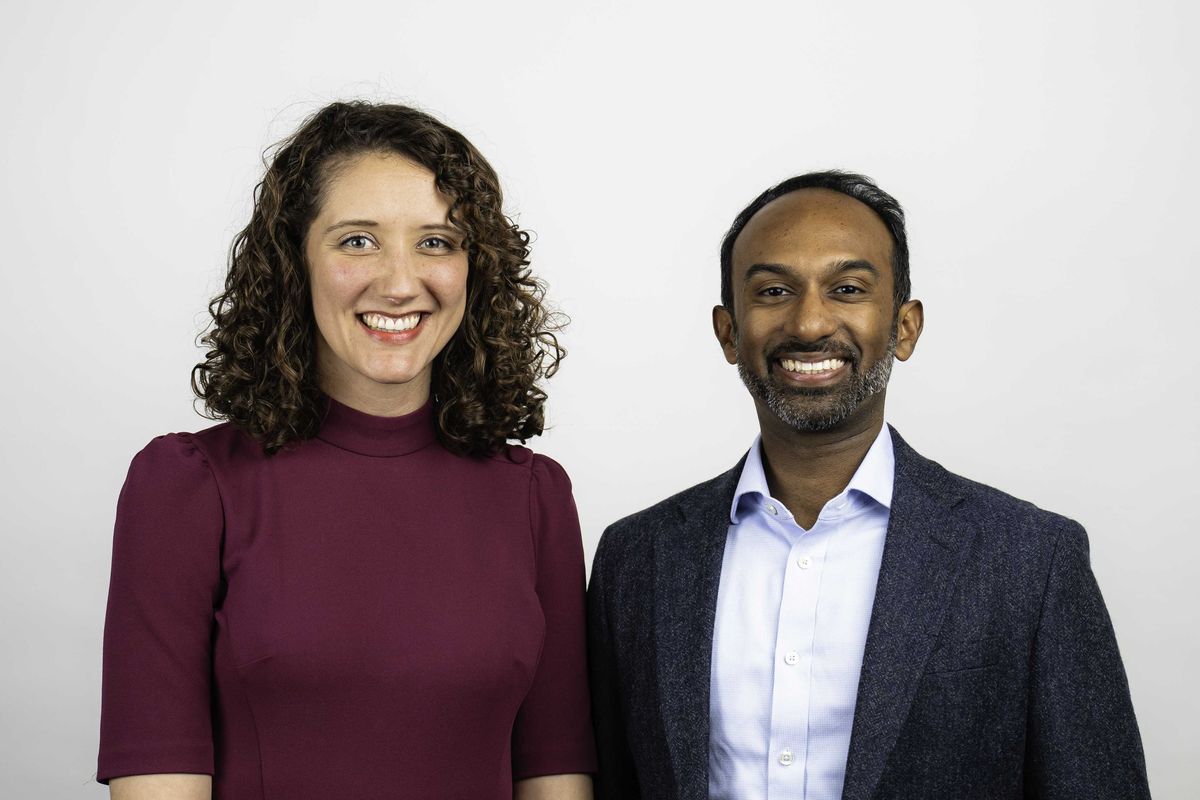Exclusive: 2 Houston health care institutions team up to develop cancer-fighting treatments
collaboration station
Two Houston organizations announced a new collaboration in a major move for Houston’s biotech scene.
Fannin Partners and the University of Texas MD Anderson Cancer Center have teamed up to develop drugs based on Raptamer, the creation of Fannin company Radiomer Therapeutics.
“Raptamers combine antibody level affinities with desirable physical and pharmacokinetic properties, and a rapid path to clinic,” Dr. Atul Varadhachary, CEO of Radiomer Therapeutics and Fannin managing partner, Varadhachary, explained to InnovationMap in May. “We are deploying this unique platform to develop novel therapies against attractive first-in-class oncology targets.”
The pairing of Fannin and MD Anderson makes perfect sense. Researchers at the institution have already identified novel markers that they will target with both Raptamer-based drugs and radiopharmaceutical/radioligand therapies.
“MD Anderson and Fannin bring highly complementary capabilities to the identification of novel cancer targets and Raptamer-based drug discovery,” says Varadhachary in a press release. “Our collaboration will enable us to rapidly develop targeted therapeutics against novel targets, which we hope will offer hope to patients with progressive cancers.”
Early in this meeting of minds, researchers will focus on developing targeted radiopharmaceuticals — the Radiomers for which Varadhachary’s company is named — as well as targeted drug conjugates that utilize Raptamers. Raptamers are an innovative class of targeting vectors that combine a DNA oligonucleotide backbone with added peptide functionality, for oncology indications.
“We are committed to exceptional research that can help us further our understanding of cancer and develop impactful therapeutic options for patients in need,” says Timothy Heffernan, Ph.D., vice president and head of therapeutics discovery at MD Anderson. “Fannin’s Raptamer drug discovery platform represents an innovative new modality that offers the potential to enhance our portfolio of novel therapies, and we look forward to the opportunities ahead.”
Fannin and MD Anderson will design translational studies together and collaborate to select promising targets for drug discovery. This is a great deal for Fannin, which will retain commercialization rights for the assets that are developed. But MD Anderson won’t be left out; the institution is eligible to receive some payments based on the success of Radiomers and other Raptamer-based drugs developed through the collaboration.
Earlier this year, Varadhachary joined the Houston Innovators Podcast to discuss Fannin's innovation approach and contribution to medical development in Houston. Listen to the episode below.

